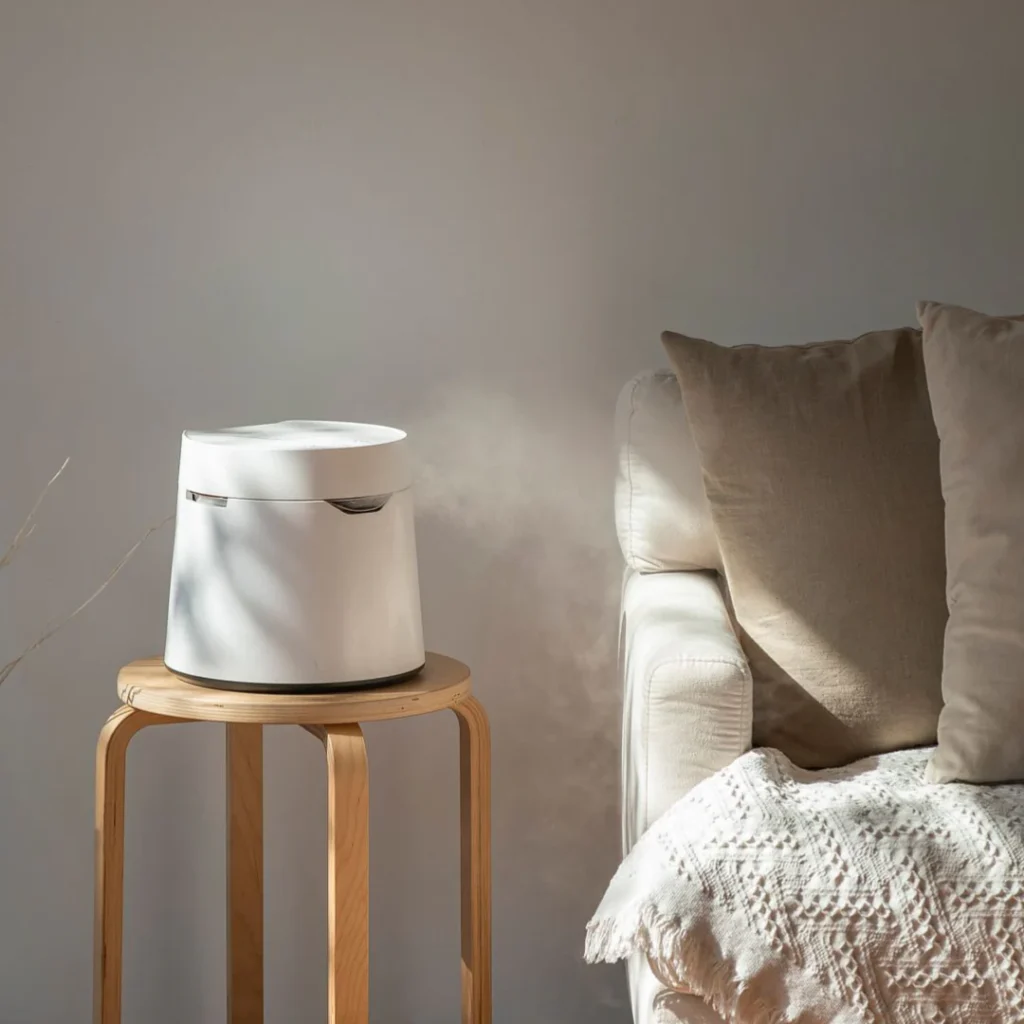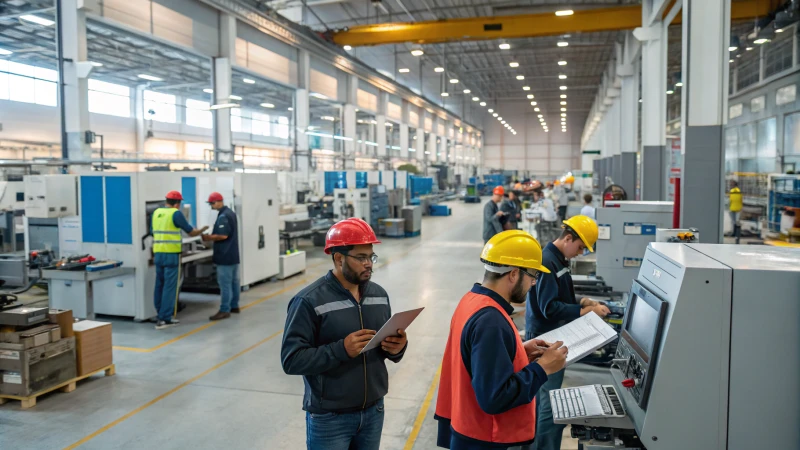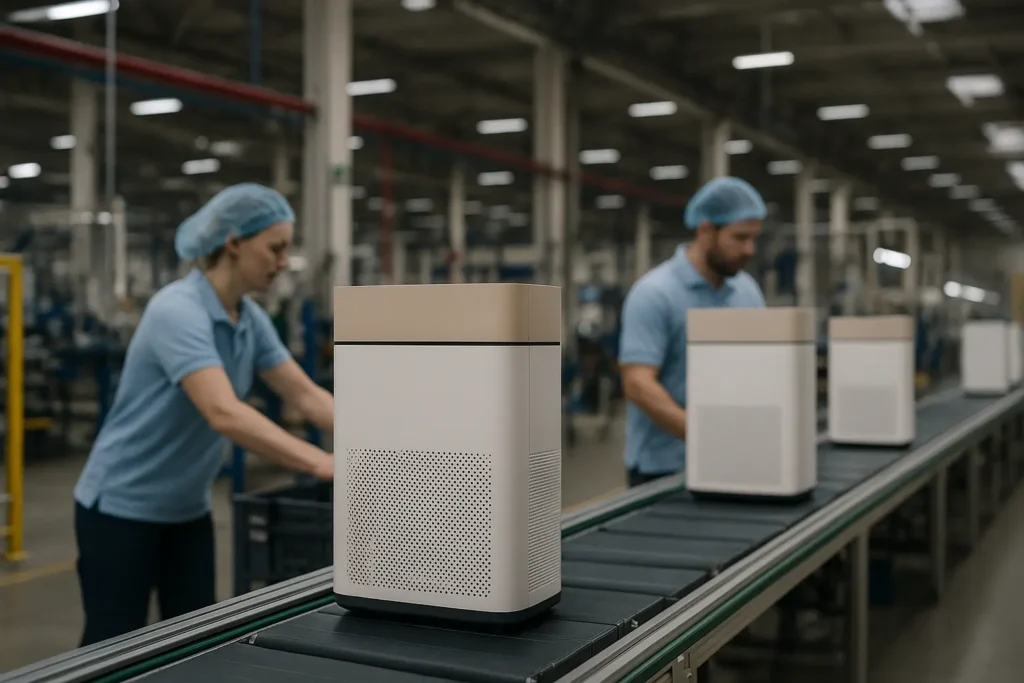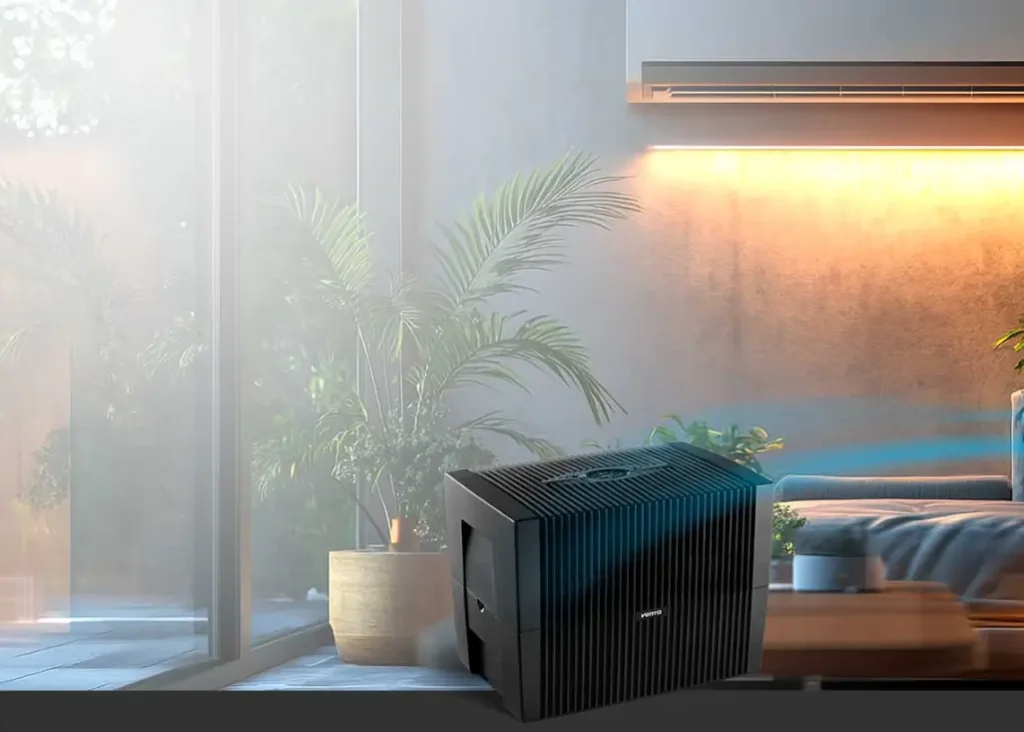
أدى تفشي جائحة كوفيد-19 إلى تسليط الضوء على أجهزة تنقية الهواء، مما حوّلها من منتج متخصص إلى ضرورة منزلية.
تسببت جائحة كوفيد-19 في زيادة الطلب على أجهزة تنقية الهواء، حيث سعى المستهلكون إلى حماية جودة الهواء الداخلي من الفيروسات المنقولة بالهواء. وقد أدى ذلك إلى زيادة المنافسة، مع دخول العديد من العلامات التجارية الجديدة إلى السوق، على الرغم من أن بعضها واجه تحديات في وقت لاحق بعد الجائحة.
على الرغم من انحسار الارتفاع الفوري في الطلب، إلا أن تأثير الجائحة على وعي المستهلكين فيما يتعلق بجودة الهواء لا يزال كبيرًا. تستكشف هذه المدونة كيف تغيرت ديناميكيات السوق وما يخبئه المستقبل لأجهزة تنقية الهواء.
ازدياد الطلب على أجهزة تنقية الهواء بسبب كوفيد-19 بسبب المخاوف الصحية.صحيح
أدت الجائحة إلى زيادة الوعي بجودة الهواء في الأماكن المغلقة، مما عزز المبيعات.
ما العوامل التي أدت إلى زيادة الطلب على أجهزة تنقية الهواء خلال جائحة كوفيد-19؟
مع انتشار كوفيد-19 على مستوى العالم، شهدت أجهزة تنقية الهواء طلبًا غير مسبوق، مما يعكس تحولاً في أولويات المستهلكين.
خلال جائحة COVID-19، أدت المخاوف الصحية المتزايدة وزيادة الوقت الذي يقضيه الناس في منازلهم إلى زيادة الطلب على أجهزة تنقية الهواء بشكل كبير. أصبح المستهلكون أكثر وعيًا بجودة الهواء في الأماكن المغلقة، مما أدى إلى زيادة المبيعات مع سعي الناس إلى التخفيف من خطر انتقال الفيروسات المنقولة بالهواء.
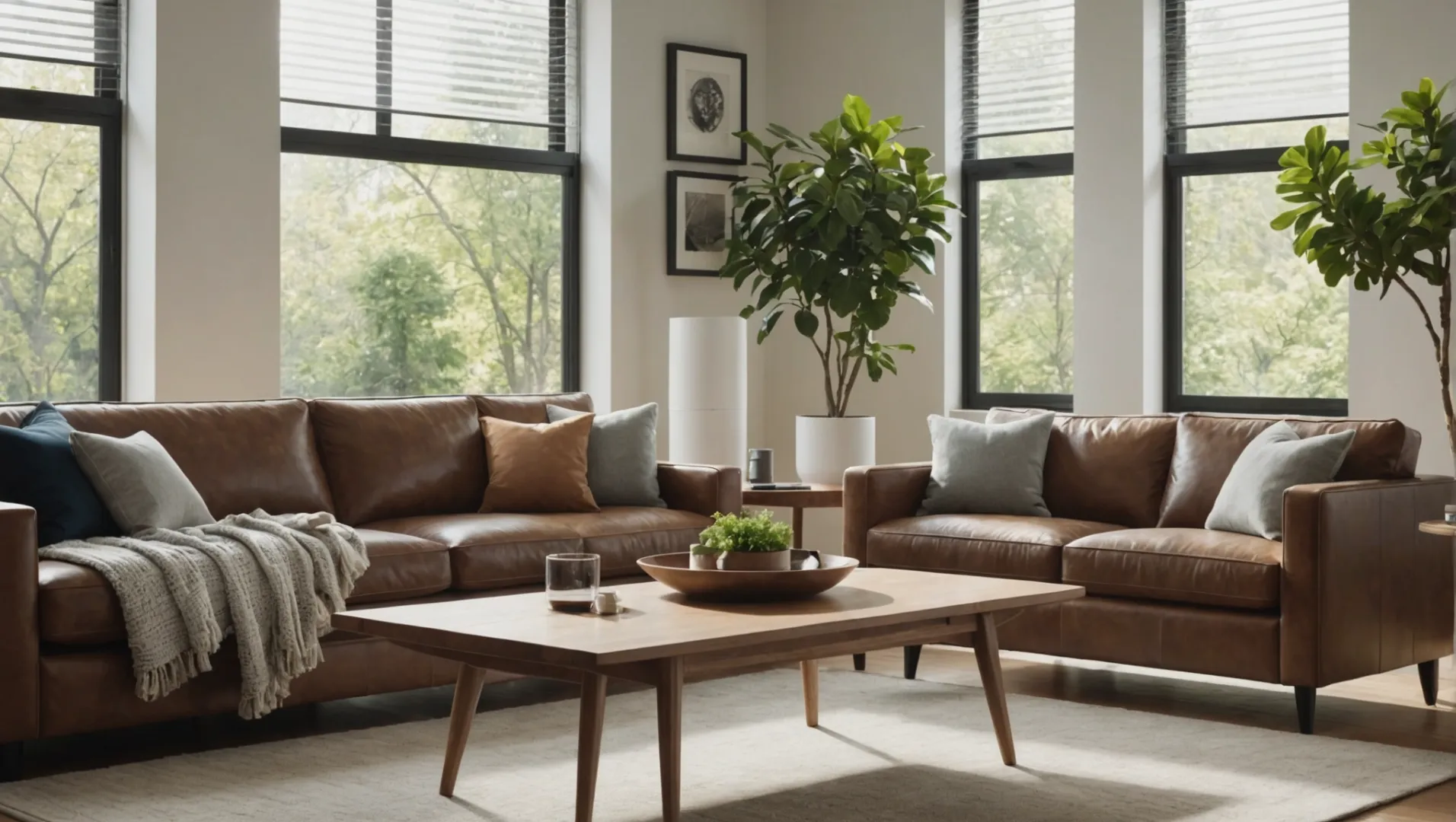
زيادة المخاوف الصحية والحماية من الفيروسات
مع بداية جائحة كوفيد-19، أصبح الناس على دراية تامة بالمخاطر التي تشكلها الفيروسات المنقولة جواً. ونتيجة لذلك، كانت هناك زيادة ملحوظة في الطلب على المنتجات التي يمكن أن تقلل من التعرض لمسببات الأمراض هذه. وسرعان ما أصبحت أجهزة تنقية الهواء، التي يمكن أن ترشح الجسيمات المحمولة جواً، شائعة كإجراء وقائي ضد انتقال الفيروسات. وكان الطلب واضحًا بشكل خاص في المناطق الحضرية حيث الكثافة السكانية عالية والتهوية في المباني قد تكون دون المستوى الأمثل.
الارتفاع في تحسينات البيئة المنزلية
أجبرت الجائحة العديد من الأشخاص على قضاء المزيد من الوقت في منازلهم بسبب الإغلاق وترتيبات العمل عن بُعد. أدى هذا التحول إلى زيادة التركيز على تحسين البيئات المنزلية. بدأ المستهلكون في الاستثمار في المنتجات التي يمكن أن تعزز جودة الهواء في الأماكن المغلقة، مثل أجهزة تنقية الهواء. أدت الزيادة في الأنشطة المنزلية أيضًا إلى زيادة الملوثات في الأماكن المغلقة، مثل تلك الناتجة عن الطهي والتنظيف، مما جعل أجهزة تنقية الهواء خيارًا جذابًا.
المنافسة في السوق وانتشار العلامات التجارية
جذبت الزيادة في الطلب العديد من الداخلين الجدد إلى السوق، مما أدى إلى زيادة المنافسة بشكل كبير. وأطلقت مجموعة كبيرة من العلامات التجارية الجديدة أجهزة تنقية الهواء، وادعى كل منها مزايا فريدة أو تقنيات متقدمة. دفعت هذه المنافسة الشديدة إلى الابتكار ولكنها أدت أيضًا إلى تشبع السوق. ازدهرت بعض العلامات التجارية من خلال تقديم منتجات متفوقة أو استراتيجيات تسويقية فعالة، بينما كافحت علامات تجارية أخرى للحفاظ على حصتها في السوق بعد الجائحة.
| العوامل الرئيسية | التأثير على الطلب |
|---|---|
| المخاوف الصحية | زيادة الوعي والتدابير الوقائية |
| جودة الهواء الداخلي | تحسين البيئات المنزلية بسبب الإقامة المطولة داخل المنزل |
| المنافسة في السوق | انتشار العلامات التجارية والابتكار |
الآثار المستقبلية والاتجاهات الناشئة
حتى مع انحسار حالة الذعر المباشر، لا يزال الوعي المتزايد حول جودة الهواء الداخلي قائمًا. من المرجح أن يحافظ هذا الوعي على الطلب في قطاعي الصحة والعافية، خاصةً مع استمرار المستهلكين في البحث عن حلول لإزالة ليس فقط الفيروسات، ولكن أيضًا الدخان والروائح والمركبات العضوية المتطايرة (VOCs). إن إمكانية سنّ تشريعات حكومية مستقبلية تهدف إلى تنظيم معايير جودة الهواء، مثل تحديد الحد الأدنى لتغيرات الهواء في الساعة (ACH) المتطلبات، يمكن أن تؤثر بشكل أكبر على ديناميكيات السوق.
لاستكشاف المزيد حول كيفية تغير عادات المستهلكين بعد الجائحة وما يعنيه ذلك بالنسبة لسوق أجهزة تنقية الهواء، قد ترغب في الاطلاع على تطور وعي المستهلكين1 وكيف يمكن أن تؤثر السياسات الحكومية على2 الطلب المستقبلي.
تقلل أجهزة تنقية الهواء من خطر انتقال الفيروسات المنقولة بالهواء.صحيح
تعمل أجهزة تنقية الهواء على تصفية الجسيمات، مما يقلل من التعرض للفيروسات.
انخفض الطلب على أجهزة تنقية الهواء خلال جائحة كوفيد-19.خطأ
زاد الطلب بسبب زيادة المخاوف الصحية المتزايدة والوقت الذي يقضيه في الأماكن المغلقة.
كيف غيّر الداخلون الجدد إلى السوق المشهد التنافسي؟
شهدت جائحة COVID-19 طوفانًا من العلامات التجارية الجديدة في سوق أجهزة تنقية الهواء، مما أدى إلى تغيير المشهد التنافسي بشكل كبير.
أدى دخول وافدين جدد إلى السوق خلال جائحة كوفيد-19 إلى زيادة المنافسة في صناعة أجهزة تنقية الهواء، مما أدى إلى انخفاض الأسعار وزيادة الابتكار، ولكنه أدى أيضًا إلى إفلاس بعض الشركات بعد الجائحة.
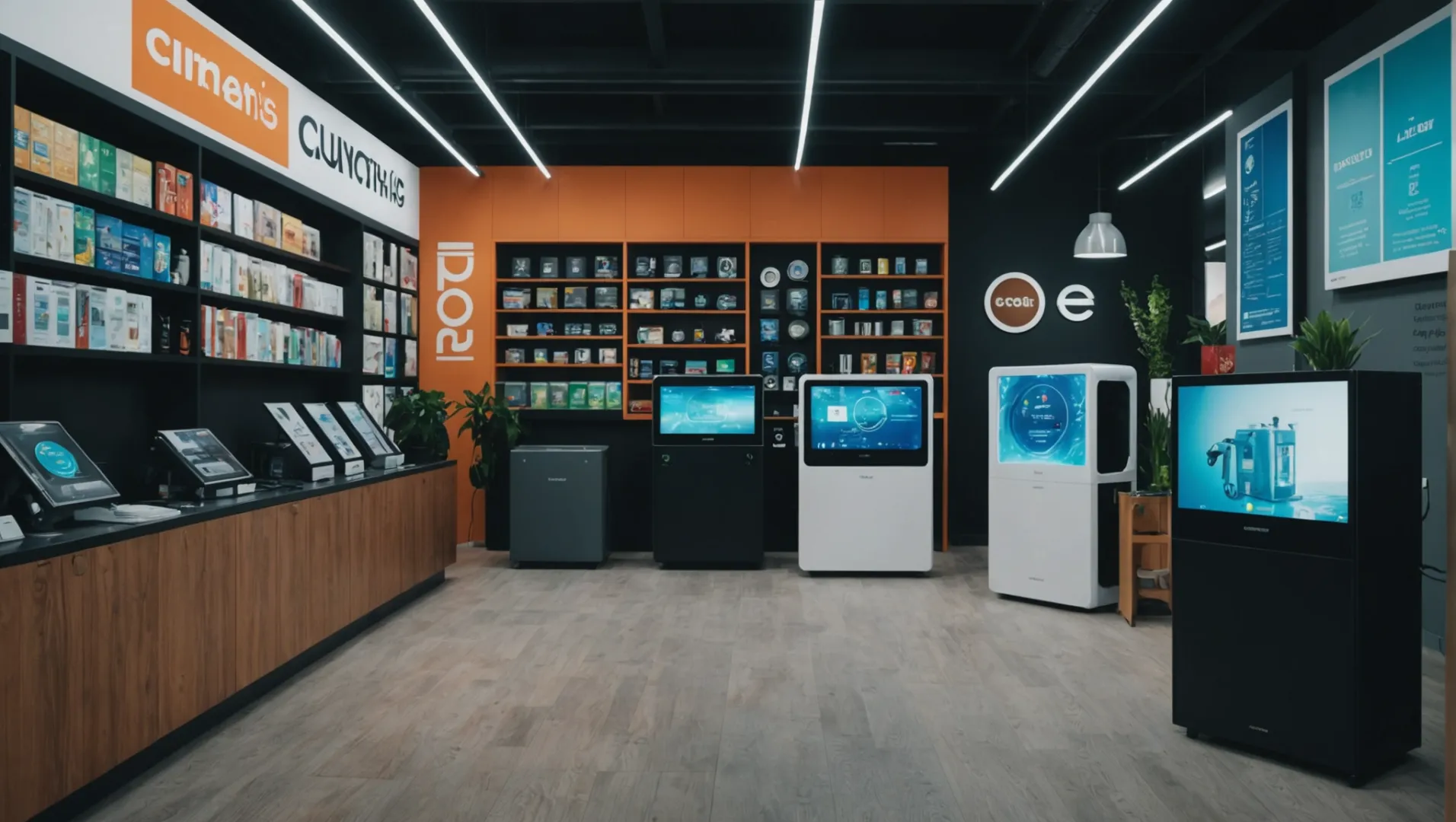
تأثير الجائحة على دخول السوق
شهد سوق أجهزة تنقية الهواء نمواً غير مسبوق خلال جائحة كوفيد-19 حيث أصبح الناس أكثر وعياً بجودة الهواء الداخلي. ومع ازدهار الطلب، دخلت العديد من الشركات الجديدة إلى السوق. أدى هذا التدفق من الوافدين الجدد إلى بيئة شديدة التنافسية3 التي غيرت ديناميكيات السوق بشكل جذري.
صعود المنافسة والابتكار
ومع وجود العديد من العلامات التجارية التي تتنافس على جذب انتباه المستهلك، أصبحت المنافسة شرسة. ولم يؤد ذلك إلى انخفاض الأسعار فحسب، بل شجّع أيضاً على الابتكار. واضطرت الشركات إلى تحسين ميزات المنتج، مثل زيادة قدرات الترشيح والتشغيل الأكثر هدوءاً والتكامل التكنولوجي الذكي.
أظهرت المقارنة الشاملة للعوامل الرئيسية، مثل السعر والتكنولوجيا وتقييمات المستهلكين، كيف أن المنافسة عززت التقدم:
| العامل | ما قبل الجائحة | أثناء الجائحة | ما بعد الجائحة |
|---|---|---|---|
| متوسط السعر | عالية | أقل | مستقر |
| معدل الابتكار | معتدل | عالية | مستدام |
| رؤية العلامة التجارية | عدد قليل من القادة | العديد من العلامات التجارية الجديدة | بعض الدمج |
تحديات ما بعد الجائحة وتوحيد السوق
على الرغم من الازدهار الأولي، لم يتمكن جميع الوافدين الجدد من الحفاظ على أعمالهم بعد الجائحة. ومع عودة الطلب إلى طبيعته، كافحت الشركات التي لا تتمتع بدعم مالي قوي أو منتجات مبتكرة للحفاظ على حصتها في السوق. وقد أدى ذلك إلى حالات الإفلاس والتخارجات4 من السوق
ومع ذلك، مهّدت هذه المرحلة أيضًا الطريق أمام الاندماج، حيث استحوذت العلامات التجارية الراسخة على شركات أصغر أو اندمجت معها. ساعد الاندماج على استقرار السوق ومهد الطريق للنمو على المدى الطويل مع استمرار تطور صناعة أجهزة تنقية الهواء.
دور توعية المستهلك
لا يزال الوعي المتزايد حول جودة الهواء مستمراً، مما أبقى الطلب مرتفعاً نسبياً حتى بعد الجائحة. ويتوقع المستهلكون الآن المزيد من أجهزة تنقية الهواء أكثر من مجرد إزالة الفيروسات. ميزات مثل التخلص من الروائح الكريهة والدخان، بالإضافة إلى المركبات العضوية المتطايرة (مركبات عضوية متطايرة) الترشيح (مركبات عضوية متطايرة)، يتزايد الطلب عليها.
من المحتمل أن يضمن التركيز المستمر على العافية والصحة استمرار الاهتمام بأجهزة تنقية الهواء، خاصة مع التشريعات المتوقعة5 في مناطق مثل الولايات المتحدة التي تروج لمعايير أكثر صرامة لجودة الهواء.
خفضت العلامات التجارية الجديدة أسعار أجهزة تنقية الهواء خلال جائحة كوفيد-19.صحيح
أدت زيادة المنافسة إلى انخفاض الأسعار مع تنافس الشركات على المستهلكين.
ازدهرت جميع شركات تنقية الهواء الجديدة بعد الجائحة.خطأ
عانى العديد من الوافدين الجدد بعد الجائحة، مما أدى إلى حالات إفلاس وخروج من السوق.
ما الدور الذي ستلعبه التشريعات الحكومية في الطلب المستقبلي؟
يمكن أن تكون التشريعات الحكومية عاملاً محورياً في تشكيل الطلب على أجهزة تنقية الهواء في المستقبل، خاصة مع وجود لوائح جديدة تلوح في الأفق.
التشريعات الحكومية، مثل اللوائح الأمريكية المتوقعة التي تفرض ستة تغييرات في الهواء في الساعة (ACH) في الأماكن المغلقة، من المتوقع أن يعزز الطلب على أجهزة تنقية الهواء بشكل كبير. تهدف هذه التدابير التنظيمية إلى ضمان تحسين جودة الهواء الداخلي، مما يؤثر على كل من سلوك المستهلك وديناميكيات السوق.
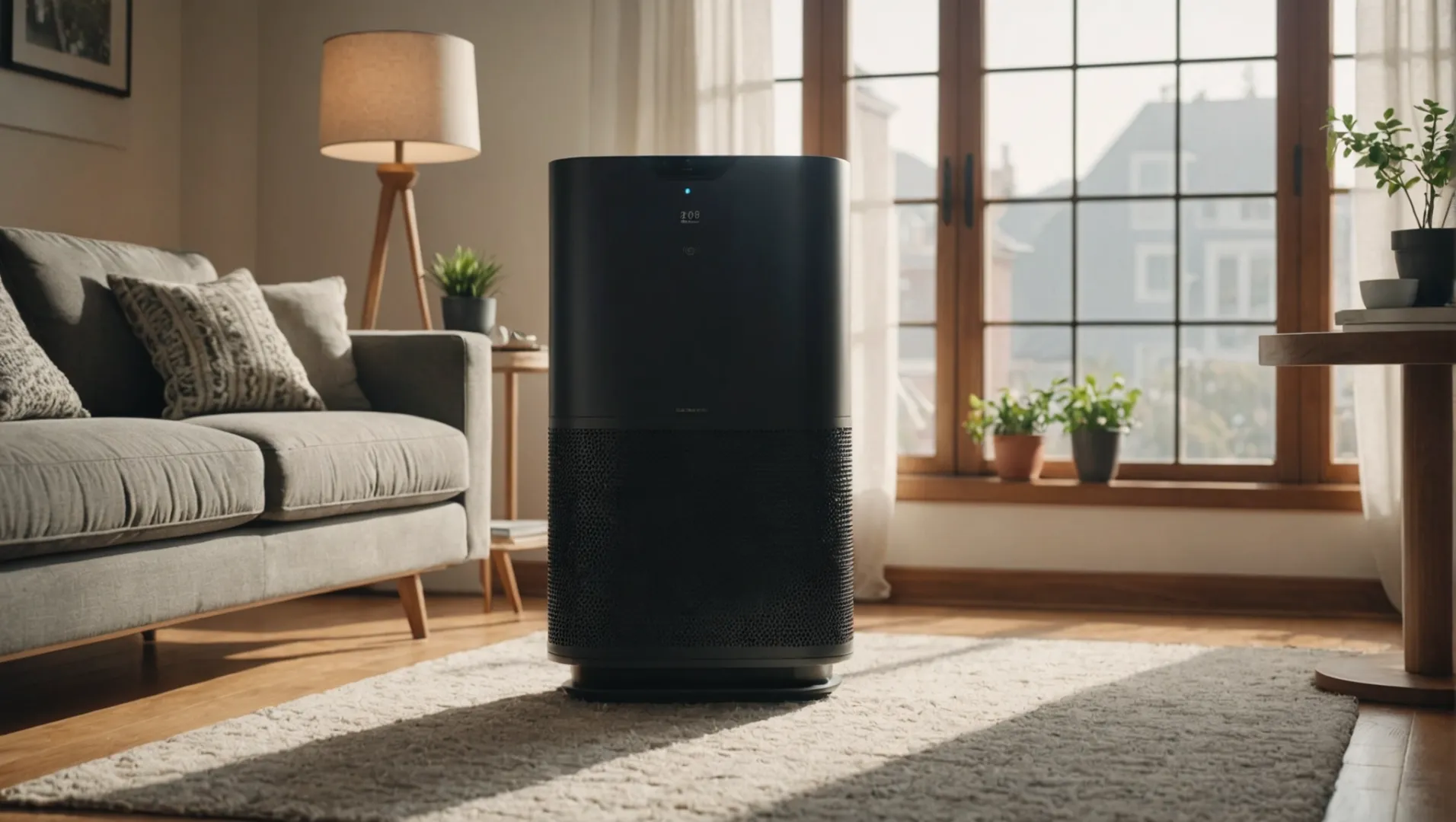
فهم تأثير لوائح جودة الهواء
لا يمكن الاستهانة بدور التشريعات الحكومية في الطلب المستقبلي على أجهزة تنقية الهواء. ومن الأمثلة البارزة على ذلك اللائحة الأمريكية المرتقبة التي تفرض تغيير الهواء ست مرات في الساعة (ACH) في الأماكن المغلقة. تعد هذه اللائحة جزءًا من مبادرة أوسع نطاقًا لتعزيز معايير جودة الهواء في الأماكن المغلقة بعد زيادة الوعي بجائحة كوفيد-19.
إن تغيير الهواء في الساعة (ACH)6 يقيس المقياس عدد مرات استبدال الهواء داخل مساحة معينة. تهدف الحكومة من خلال فرض حد أدنى من المعايير إلى تحسين النتائج الصحية من خلال الحد من الملوثات المحمولة جواً. من المتوقع أن تؤدي هذه اللوائح إلى زيادة الطلب على أجهزة تنقية الهواء الأكثر كفاءة والأعلى سعة القادرة على تلبية هذه المعايير الجديدة.
التأثير المضاعف على السوق
مع تطبيق هذه اللوائح، من المرجح أن يشهد القطاعان التجاري والسكني تحولاً في هذا المجال. حيث ستحتاج الشركات والمدارس ومرافق الرعاية الصحية إلى الامتثال لهذه المعايير، مما قد يؤدي إلى شراء كميات كبيرة من أجهزة تنقية الهواء المتوافقة. يمكن أن تؤدي هذه الخطوة التشريعية أيضًا إلى ابتكارات في تكنولوجيا تنقية الهواء حيث يسعى المصنعون جاهدين لتلبية معايير الكفاءة الجديدة.
الآثار العالمية الأوسع نطاقاً
وفي حين أن التشريعات الأمريكية قد تشكل سابقة، فمن المحتمل أن تحذو دول أخرى حذو الولايات المتحدة وتتبنى معايير مماثلة. ومع تنامي الوعي العالمي بقضايا جودة الهواء، يمكن أن تشهد الأسواق الدولية طلبًا متزايدًا على المنتجات التي تلبي هذه المعايير الصارمة. وقد يفتح ذلك فرص تصدير جديدة للمصنعين الذين يتكيفون بسرعة مع هذه المتطلبات التنظيمية.
التحديات والاعتبارات المحتملة
ومع ذلك، هناك تحديات محتملة. فقد تشكل تكاليف الامتثال عبئاً على الشركات الصغيرة أو المؤسسات ذات الميزانيات المحدودة. علاوة على ذلك، قد تكون هناك حاجة إلى حملات توعية عامة لضمان فهم كل من المستهلكين والشركات لأهمية وفوائد الالتزام بهذه المعايير.
في الختام، على الرغم من أن التشريعات الحكومية قد تبدو مرهقة في البداية، إلا أنها يمكن أن تكون بمثابة حافز للابتكار والنمو في سوق أجهزة تنقية الهواء. بينما نتحرك نحو معايير أكثر صرامة لجودة الهواء على مستوى العالم، فإن البقاء على اطلاع وقابلية التكيف سيكون أمرًا أساسيًا لكل من المستهلكين وأصحاب المصلحة في الصناعة.
ستفرض لوائح الولايات المتحدة ستة ACH في الأماكن المغلقة.صحيح
ستتطلب اللائحة الأمريكية المتوقعة ستة تغييرات في الهواء في الساعة.
لن تؤثر تكاليف الامتثال على الشركات الصغيرة.خطأ
قد تعاني الشركات الصغيرة من تكاليف تلبية المعايير الجديدة.
كيف تطور وعي المستهلكين بجودة الهواء بعد الجائحة؟
وقد أدت جائحة كوفيد-19 إلى زيادة الوعي العالمي بجودة الهواء، مما حوّلها إلى مصدر قلق عام كبير.
بعد الجائحة، ازداد وعي المستهلكين بجودة الهواء بشكل كبير. يدرك الناس الآن أهمية أجهزة تنقية الهواء ليس فقط لإزالة الفيروسات ولكن أيضًا للتخلص من الملوثات مثل الروائح والدخان والمركبات العضوية المتطايرة والمركبات العضوية المتطايرة.
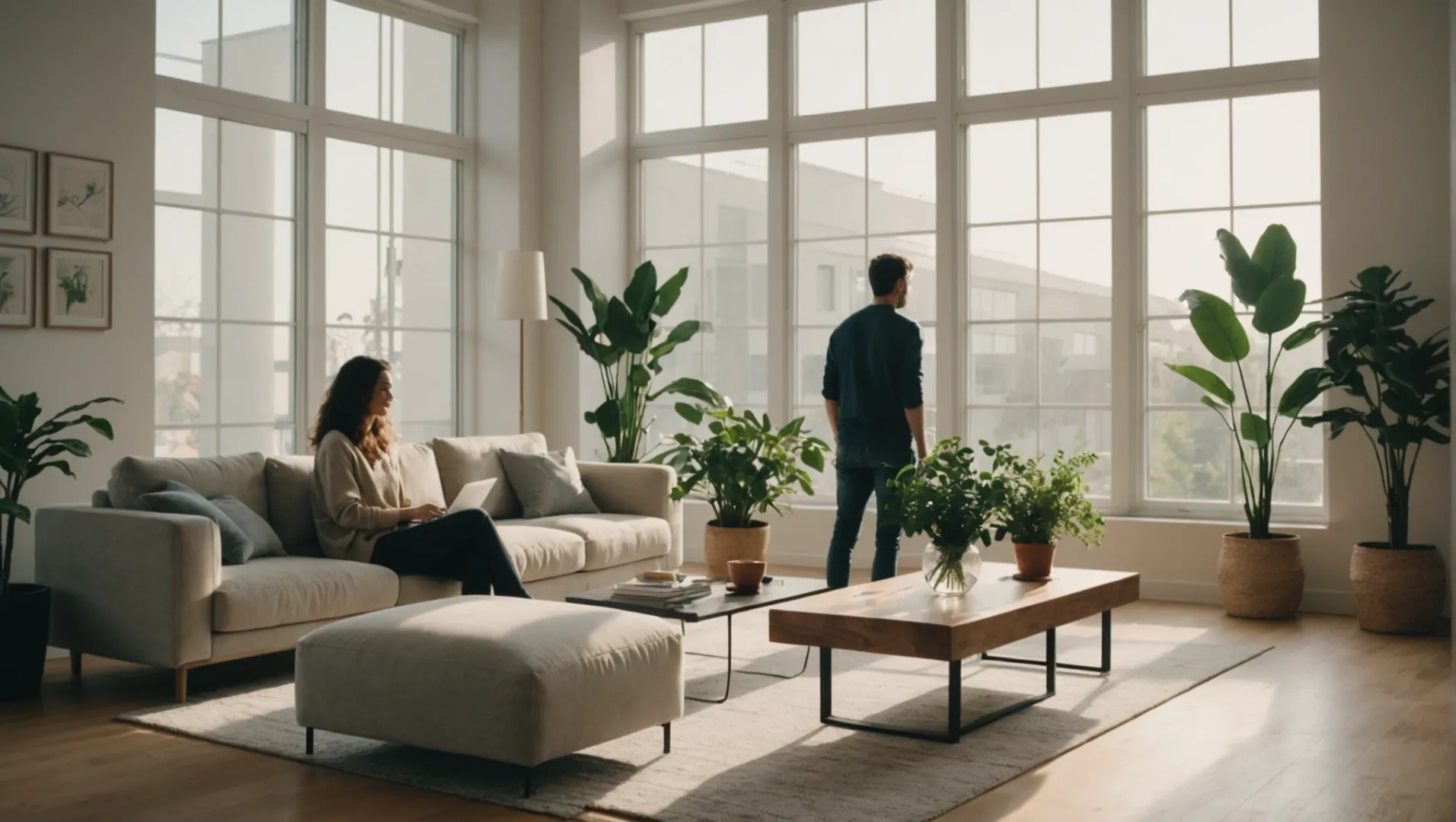
التحول في الإدراك
قبل الجائحة، ربما كانت جودة الهواء قبل الجائحة فكرة ثانوية بالنسبة للكثيرين. ومع ذلك، مع تأكيد عمليات الإغلاق على أهمية البيئات الصحية في الأماكن المغلقة، بدأ الناس في التفكير فيما يتنفسونه في منازلهم. هذا زيادة الوعي7 استمر إلى ما بعد ذروة الجائحة.
تأثير وسائل الإعلام والمعلومات
وقد لعبت التغطية الإعلامية المتزايدة خلال الجائحة دورًا حاسمًا في توعية الجمهور بشأن جودة الهواء. فقد أثرت التقارير التي تسلط الضوء على المخاطر المحتملة لسوء دوران الهواء ومسببات الأمراض المحمولة جواً على سلوك المستهلكين. واليوم، يسعى الأفراد بنشاط للحصول على معلومات حول الحفاظ على هواء نظيف، مما أدى إلى زيادة الطلب على أجهزة تنقية الهواء عالية الجودة.
توسيع نطاق الاهتمامات إلى ما هو أبعد من الفيروسات
بينما كان الدافع في البداية هو الحماية من الفيروسات، توسعت مخاوف المستهلكين لتشمل عوامل أخرى تتعلق بجودة الهواء. أصبح الناس الآن على دراية بالمخاطر التي تشكلها الجسيمات8والمركبات العضوية المتطايرة والملوثات الأخرى. ويؤدي هذا التحول إلى نهج أكثر شمولاً لإدارة الهواء الداخلي.
| نوع الملوثات | المصادر المشتركة | الآثار الصحية |
|---|---|---|
| المادة الجسيمية (PM) | الدخان والغبار وحبوب اللقاح | مشاكل في الجهاز التنفسي وأمراض القلب |
| المركبات العضوية المتطايرة | الدهانات ومنتجات التنظيف | الصداع، وتلف الكبد |
| الروائح | الطبخ والحيوانات الأليفة | الانزعاج والغثيان |
دور التشريعات
ومن المتوقع أن تعزز اللوائح الحكومية المستقبلية هذا الاتجاه. ففي الولايات المتحدة، هناك تشريع قادم يفرض إجراء ستة تغييرات في الهواء في الساعة (ACH) يمكن أن يجعل أجهزة تنقية الهواء جزءًا لا يتجزأ من المنازل والمكاتب. وهذا يعكس اعترافًا متزايدًا على مستوى السياسات بتأثير جودة الهواء على الصحة العامة.
ظاهرة عالمية
لا يقتصر ارتفاع الوعي على منطقة واحدة بل يمتد عبر القارات. فمع تبادل وسائل الإعلام الدولية للرؤى والأبحاث، يطالب المستهلكون في جميع أنحاء العالم بحلول أفضل لاحتياجاتهم المتعلقة بجودة الهواء الداخلي. يشير هذا الاتجاه العالمي إلى حدوث تحول دائم في كيفية إدراك جودة الهواء وإعطائها الأولوية في الحياة اليومية.
ازداد الوعي بجودة الهواء بعد الجائحة.صحيح
سلطت الجائحة الضوء على المخاوف المتعلقة بجودة الهواء، مما أدى إلى زيادة الوعي.
تفرض التشريعات ستة تغييرات للهواء في الساعة في المنازل.خطأ
وعلى الرغم من مناقشة هذا التشريع، إلا أنه لم يتم إقراره بعد في الولايات المتحدة.
الخاتمة
لقد غيرت الجائحة المفاهيم المتعلقة بجودة الهواء بشكل دائم، مما يمهد الطريق للنمو المستقبلي في سوق أجهزة تنقية الهواء. ابق على اطلاع على التغييرات التشريعية واحتياجات المستهلكين المتطورة للاستفادة من الفرص الناشئة.
-
اكتشف كيف تطورت عادات المستهلكين بعد الجائحة: على سبيل المثال، ازداد الوعي البيئي بشكل ملحوظ خلال جائحة كوفيد-19، وتجلى ذلك في بذل المستهلكين جهودًا في ... ↩
-
تعرف على اللوائح المحتملة التي تؤثر على الطلب المستقبلي على أجهزة تنقية الهواء..: بموجب قانون الهواء النظيف (CAA)، تضع وكالة حماية البيئة الأمريكية (CAA) حدودًا لبعض ملوثات الهواء، بما في ذلك وضع حدود للكمية التي يمكن أن تكون في الهواء في أي مكان في الولايات المتحدة. ↩
-
فهم كيف أثرت المنافسة المتزايدة على عروض المنتجات والتسعير...: السوق مدفوعة بتزايد مستويات تلوث الهواء. وبالإضافة إلى ذلك، فإن الابتكار التكنولوجي وتوسيع نطاق محفظة المنتجات التي تؤدي إلى ... ↩
-
اكتشف سبب عدم قدرة بعض الشركات على الاستمرار في عملياتها بعد الجائحة: تقدمت شركة أبلايد للأشعة فوق البنفسجية التي استحوذت على أربع شركات لتنقية الهواء بين عامي 2021 و2023، بطلب الحماية من الإفلاس يوم الجمعة، مستشهدةً بـ $1 مليون ... ↩
-
تعرف على اللوائح المحتملة التي تؤثر على الطلب المستقبلي على أجهزة تنقية الهواء..: مشروع قانون لتسهيل تنفيذ الدولة الفعال لمعايير جودة الهواء المحيط الوطنية، ولأغراض أخرى. ↩
-
تعرّف على مقاييس معدل تغير الهواء في الساعة الحاسمة للامتثال لجودة الهواء الداخلي ..: تغيرات الهواء في الساعة، أو اختصارًا ACPH أو ACH، أو معدل تغير الهواء هو عدد المرات التي يتم فيها إزالة إجمالي حجم الهواء في الغرفة أو المساحة بالكامل و ... ↩
-
استكشف رؤى مفصلة حول كيفية تسبب جائحة كوفيد-19 في زيادة المخاوف المتعلقة بجودة الهواء ..: من الجدير بالذكر أن تأثير جائحة كوفيد-19 كان له تأثير أكبر على طلاقة الاستهلاك المستدام، يليه تأثير جائحة كوفيد-19 على البيئة ... ↩
-
تعرف على مخاطر الجسيمات وآثارها الصحية...: الآثار الصحية - الوفاة المبكرة لدى الأشخاص المصابين بأمراض القلب أو الرئة - النوبات القلبية غير المميتة - عدم انتظام ضربات القلب - تفاقم الربو - انخفاض ... ↩



